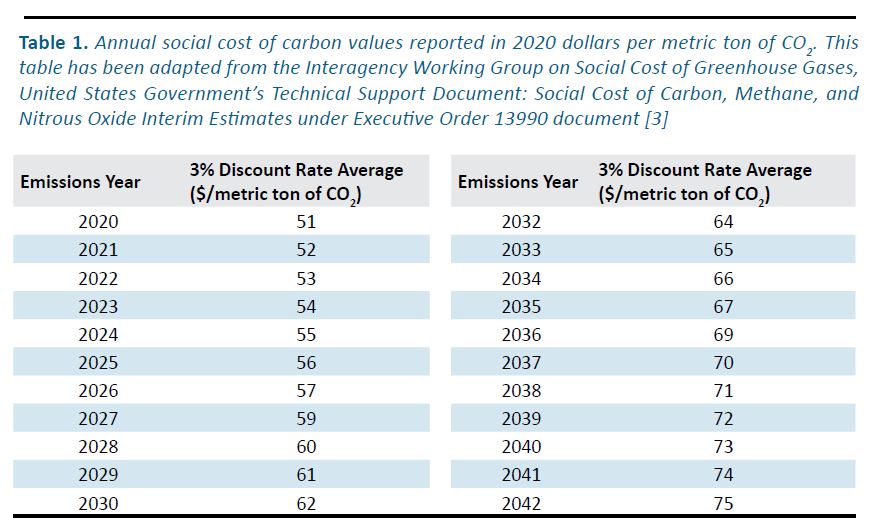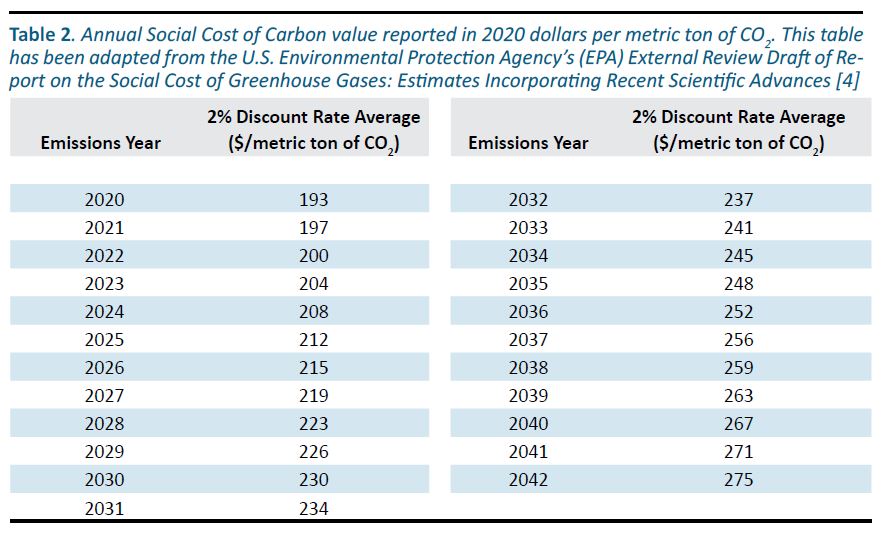Written on: January 9, 2024 by Dr. Jenny Frank
In keeping with NORA’s mandate and mission to advance energy conservation and carbon reduction, it funds state associations’ consumer heating system upgrade rebates. This rebate program aims to increase consumer efficiency, safety and carbon reduction by incentivizing the replacement of existing equipment with new, more energy efficient ones.
To evaluate the efficacy of the program, NORA dove into the actual savings of fuel, finances and greenhouse gases.
NORA’s equipment rebate program amassed 2,287 boiler upgrades and 878 furnace upgrades, between January 1, 2022, and October 4, 2023. NORA’s first analysis in 2021 concluded that for boiler applications, the average energy savings with equipment replaced under the program was 20% [1]. The study estimated that approximately 850 gallons of pre-upgrade annual liquid heating fuel was used at each location. Based on this, each boiler replacement site saved 170 gallons per year, upon switching to a higher efficiency system. In total, the 2,287 boiler upgrades in 2022/2023 yielded an annual savings of approximately 388,800 gallons of liquid heating fuel.
A similar estimate can be performed for furnace upgrades as well. NORA received information from the installing contractors regarding the AFUE of the furnace removed and the new furnace. Based on this information, the average AFUE increase for the furnace upgrades was 19.1% (from 67.7% to 86.8%). This increase represented an energy savings of 22%. However, these contractor estimates seem to provide a low value for the removed furnace (67.7%). NORA’s Director of Research, Dr. Thomas Butcher, believes that the 22% energy savings estimate is high—a more realistic energy savings is 10%.
Fuel Saved
During the period of the original equipment installations (~1980-1990), the minimum required AFUE was 78%. Assuming the same annual fuel consumption of 850 gallons, the 10% energy savings resulted in a fuel savings of 85 gallons per year. This resulted in an annual savings of approximately 74,600 gallons of fuel across 878 furnace upgrade sites.
For the period considered (Jan. 1, 2022, to Oct. 4, 2023) 463,400 fewer gallons of heating fuel was used. This gives an annual, first-year savings of 264,800 gallons saved by the NORA rebate program. Over an equipment life of 20 years, savings totalled 5,296,000 gallons of fuel.
From a cost perspective, assuming an average cost of $4.39 for Number 2 liquid heating fuel (2), the savings of this program associated with fuel costs only, totaled $1,162,472 for the first year and over $23 million over a 20-year period.
Financial Savings
In terms of the financial impacts, the magnitude of the rebate varies by State, but approximately $500 per rebate is typical and has been assumed here. Accounting for both the boiler and furnace upgrades (3,165 upgrades in total divided by 1.75 years), a total of approximately $904,285 was the annual expenditure rate of NORA rebates during this period. With the annual savings totaling $1,162,472, the payback period of this rebate program is 9.3 months.
Greenhouse Gas Saving & Cost of Carbon
The reduction in fuel use also results in a reduction in carbon emissions. Using a greenhouse gas score for petroleum of 209 lbs./MMBtu HHV (20-year lifetime) leads to a reduction of 3,490 metric tons of CO2e per year due to equipment upgrades. For the entire period under consideration (Jan. 1, 2022, to Oct. 4, 2023) this increases to 6,088 metric tons. To quantify these reductions from a financial perspective, the social cost of carbon (SC-CO2) values can be applied. The annual Interagency Working Group on the Social Cost of Carbon’s (IWG) average SC-CO2 values calculated under the centralized 3% discount rate (Table 1) was applied for 2022 and 2023, and produced a financial benefit of $184,970 and $188,460, respectively—a total financial benefit of $373,430 across two years. Projecting this out to the total equipment life of 20 years produces a total financial benefit of approximately $4.7 million.

The U.S. Environmental Protection Agency (EPA) recently developed a report incorporating new, higher SC-CO2 values under a range of discount rates (2.5%, 2.0%, and 1.5%). Table 2 contains the EPA SC-CO2 values utilized. These financial benefits were calculated utilizing the 2.0% discount rate from 2022 to 2042. [4]. Under the 2.0% discount rate (Table 2), the annual financial benefits of $698,000 for 2022 and $711,960 for 2033 were achieved. Projected out to 20 years, the total financial benefits calculated were approximately $17.4 million.

The 20-year net present value (NPV) can be calculated and the SC-CO2 financial benefit from the equipment upgrades can be internalized. This can serve as a significant financial benefit depending on the value and discount rate used for the SC-CO2 value. This financial benefit may help turn a project or investment’s NPV from negative to positive, increasing its long-term financial viability. Significant financial benefits can be achieved through boiler and furnace upgrade savings and the SC-CO2 financial benefits. For instance, including the SC-CO2 values (3% discount rate) increased the financial benefits from $1,162,472 (annual fuel savings total) to $1,347,442 for 2022, and $1,350,932 for 2023. Using higher SC-CO2 values (2.0% discount rate)resulted in significant increases in the financial benefits when combined with the annual fuel savings. For 2022, the annual financial benefits increased significantly from $1,162,472 to $1,860,472 and for 2023, from $1,350,932 to $1,874,432. ICM
Sources:
[1] Butcher, Thomas A., et al. “Report on Equipment Upgrade Incentive Project.” NORA, Dec. 2021, noraweb.org.
[2] “US No. 2 Heating Oil Residential Price (I:USN2HORP).” US No. 2 Heating Oil Residential Price, link. Accessed 18 Oct. 2023.
[3] United States Government. “Technical Support Document: Social Cost of Carbon, Methane, and Nitrous Oxide Interim Estimates under Executive Order 13990.” Interagency Working Group on Social Cost of Carbon (IWG), Feb. 2021, link.
[4] United States Environmental Protection Agency. “External Review Draft of Report on the Social Cost of Greenhouse Gases: Estimates Incorporating Recent Scientific Advances.” United States Environmental Protection Agency (EPA), Sept. 2021, link